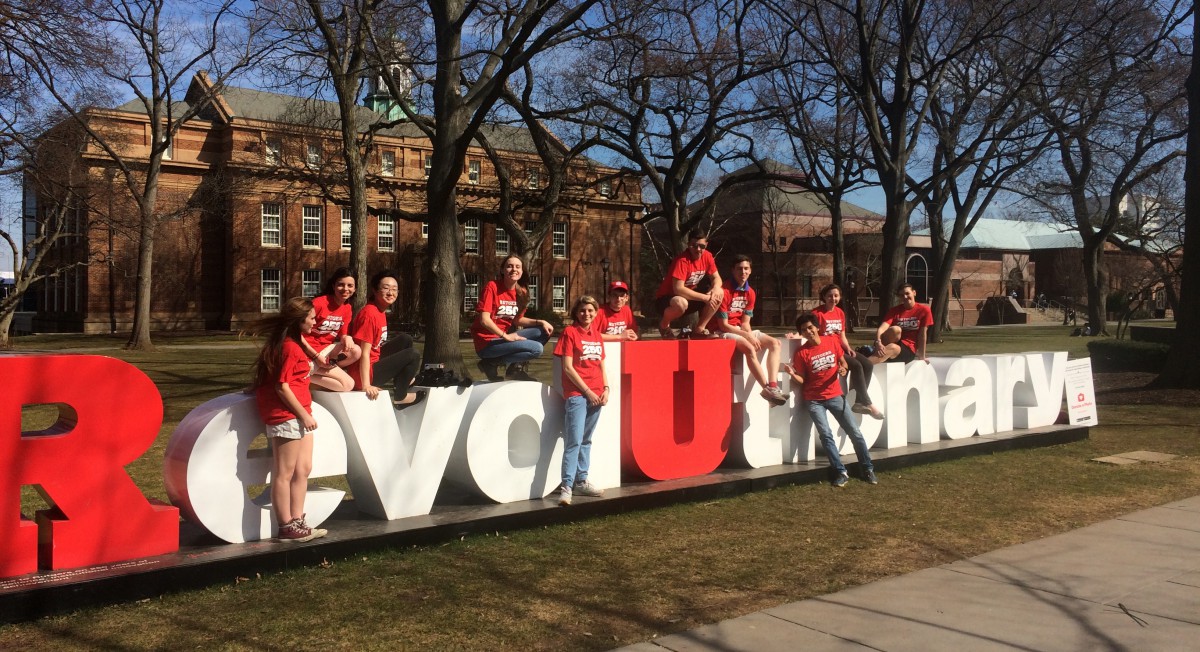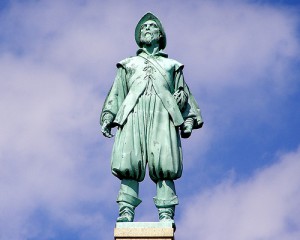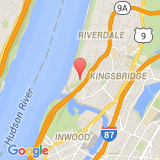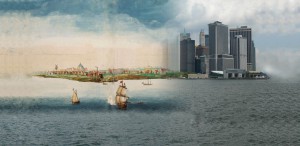Section 11- Chris Kay, Neven Abdo, Kedar Trivedi
“The Rutgers History Lesson”
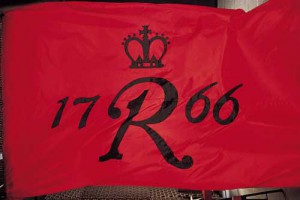
Lyrics for “The Rutgers History Lesson”
In seventeen and sixty six
On the banks of the old Raritan
A Dutchman’s college in the sticks
Oh, then began.
The Revolution came,
With a boom, boom, boom,
And a zoom, zoom, zoom,
With a boom, and a zoom, and a boom.
But all through the shot and shell
The Dutchmen, they fought like—well
The old Queens flag on high shall fly forevermore.
In eighteen hundred sixty nine
From a place with a mild bid to fame
Came twenty five Tigers in their prime
To play a game.
And football then was born,
With a punt, punt, punt,
And a grunt, grunt, grunt,
With a punt, and a grunt, and a punt.
But although the Princeton yell
Resounded as loud as—well
The old Queens flag on high shall fly forevermore.
In nineteen hundred and eighteen
Just a mile or a bit more from Queens
An institution we esteem
Came on the scene.
Oh Douglass C we hail,
With a mm, mm, mm,
And an oh, oh, oh,
With an mm, and an oh, and an mm.
But when the last truth we tell
The rest may all go to—well
The old Queens flag on high shall fly forevermore.
Background for “The Rutgers History Lesson”
The “Rutgers History Lesson” isn’t the most straight-forward monument to Rutgers’ Dutch Heritage. This is because it is a song and not a tangible artifact. But our group felt that once one took a step back from the obvious, the song actually managed to capture the essence of Rutgers and its heritage better than any static object. The song was written for the Glee Club to serve as a memorial to several of Rutgers’ most celebrated moments. It recounts the school’s founding as a Dutch seminary, it’s small but important role in the Revolution, the first collegiate football game, and the founding of our women’s college on Douglas Campus. Our group selected this song as our “object” because it captured the full spectrum of the Rutgers’ experience. Some songs, like our Alma Mater, give only a brief slice of our history; this piece provides a fuller picture and we saw that as something worth directing more attention towards. Additionally, this song helps remind everyone within the Rutgers’ community of just how rich our history is. There are few schools who can list off as long or successful a resume as ours and such history shouldn’t go unappreciated. The beauty of this song is that it allows everyone to have that moment of appreciation. Unfortunately our group was unable to find who wrote the “The Rutgers History Lesson” or when they might have written it but we do know that the Rutgers Glee Club performed the song for their record The Bells Must Ring which was released in 1998. “The Rutgers History Lesson” is an even more perfect song to represent our heritage this year as we celebrate our 250 year anniversary because, as we’ve said already, the song encapsulates some of our proudest accomplishments.
Bibliography:
http://gleeclub.rutgers.edu/~rugc/cds/
http://identity.rutgers.edu/elements-system/university-flag
http://www.rutgers.edu/about/traditional-songs
